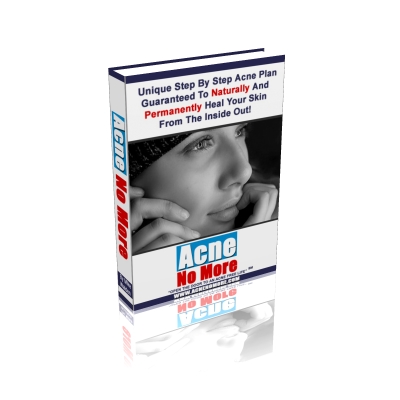For millions of individuals worldwide, acne scars serve as a constant reminder of the challenging phase of puberty. Unfortunately, these reminders can linger long after the blemishes have cleared. Thankfully, advancements in technology and medicine have paved the way for overcoming acne scarring and restoring beautiful, smooth skin.
The Types of Acne Scarring
In 2001, a comprehensive index was released to categorize the various types of acne scars, leading to significant progress in their identification and treatment. These scars can be classified into three main categories:
1. Rolling Scars
Rolling scars occur when the subcutaneous tissue beneath the skin's surface becomes attached to each other. Treating this type of scarring involves breaking up the attached subcutaneous fibrous bands.
Visit: Adult Acne - Frustrating Problem With No Easy Answers
2. Boxcar Scars
Boxcar scars are oval or round-shaped scars with sharp vertical edges. They can be either shallow or deep. Shallow boxcar scars can be treated with less invasive skin resurfacing procedures, while deeper ones may require full-thickness treatments.
3. Ice Pick Scars
Ice pick scars are narrow, deep scars that resemble the skin being repeatedly punctured with an ice pick. Laser resurfacing and dermabrasion are the preferred methods for addressing this type of scarring.
Effective Solutions for Acne Scarring
For milder cases of acne scarring, there is a wide range of topical creams and lotions available that can effectively cover and repair shallower scars. It is crucial to find the right solution for your specific skin type, and a dermatologist or physician can provide valuable guidance in this regard.
Treatment Options for Acne Scarring
Over the past few years, several treatment methods have emerged for acne scarring. Consulting with a dermatologist or a specialist will help determine the most suitable option for you. Some of the treatment options include:
1. Dermal Fillers
Dermal fillers involve injecting substances into the skin to raise the surface of the scars, creating a smoother appearance instead of a rough, pitted look.
2. Subcutaneous Incisions
Subcutaneous incisions are utilized for treating rolling scars. This procedure involves inserting a surgical needle under the skin to break up the attached subcutaneous fiber bands. Although slightly more invasive, this surgery typically results in temporary bruising that subsides within a week.
3. Laser Resurfacing
Laser resurfacing is a versatile treatment used for various skin conditions, including acne scarring. This procedure employs a laser to remove the surface layer of the affected area, with the depth of the laser determined by the depth of the scarring. As the treated area heals, a fresh, rejuvenated layer of skin replaces the burned layer.
Making Informed Decisions
If you are considering any of these treatments, it is essential to conduct thorough research to determine the most efficient and suitable option for your needs. Keep in mind that these procedures are often performed by highly specialized professionals and may come at a significant cost. Therefore, it is important to evaluate your budget and choose the option that aligns best with your financial means. Remember that numerous alternatives are available, so don't hesitate to explore and discover what works best for you.
STOP GETTING RIPPED OFF! LEARN THE SHOCKING TRUTH ABOUT ACNE, DRUGS, CREAMS, AND THE ONLY PATH TO LASTING ACNE FREEDOM... To obtain factual information on eliminating your acne naturally and permanently, achieving lasting clear skin without spending a fortune on drugs and over-the-counter products, click here: [AcneNoMore.com]
>

















0 Comments